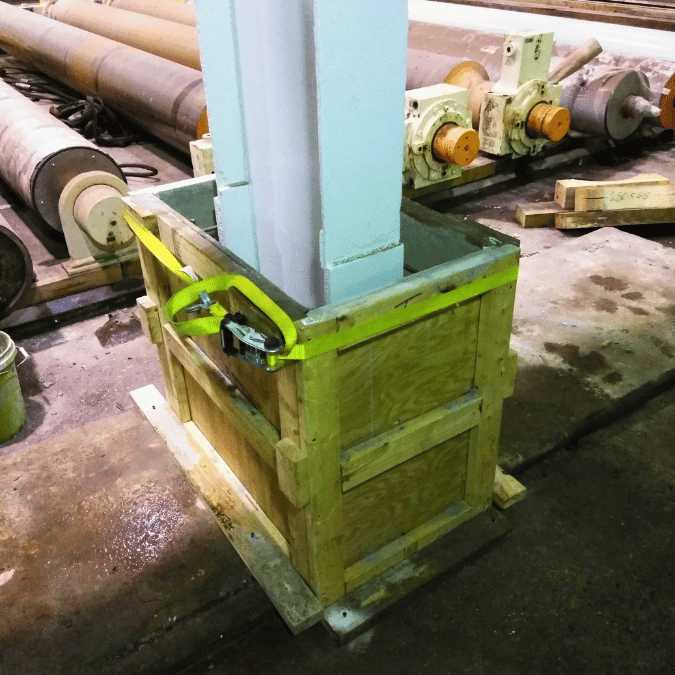Nov . 13, 2024 03:18 Back to list
scaffolding and shoring system
Scaffolding and Shoring Systems A Comprehensive Overview
Scaffolding and shoring systems are essential components in the construction industry, providing the necessary support and safety for both workers and structures. They serve three main purposes to support loads, to provide access to construction sites, and to ensure safety during the building process. Understanding these systems is vital for the successful execution of various construction tasks.
Scaffolding Systems
Scaffolding refers to temporary structures used to support work crews and materials during the construction or repair of buildings and other large structures. The most common types of scaffolding include frame scaffolding, modular scaffolding, and suspended scaffolding. Frame scaffolding consists of a series of metal frames linked together to create a stable platform. This type is widely used due to its versatility and ease of assembly.
Modular scaffolding consists of prefabricated components that can be easily assembled and disassembled. It is particularly beneficial for projects requiring adaptability as it can be modified to suit different building shapes and sizes. Suspended scaffolding hangs from the roof or upper floors of a structure, allowing workers to work on facades or high ceilings.
The safety of scaffolding systems is paramount. Regular inspections, proper training for workers, and adherence to safety regulations are crucial to prevent accidents. Safety measures, such as guardrails, toeboards, and personal protective equipment (PPE), play a significant role in creating a secure working environment.
scaffolding and shoring system

Shoring Systems
Shoring refers to the process of temporarily supporting a structure to prevent its collapse. This method is used during construction, renovation, or when a building is under significant stress. There are several types of shoring, including vertical shoring, lateral shoring, and underpinning.
Vertical shoring supports vertical loads, while lateral shoring provides support against forces acting horizontally, such as earth pressures or water. Underpinning, on the other hand, involves strengthening the foundation of a structure, often required when a building is settled or when additional loads are introduced.
The proper design and implementation of shoring systems are critical, as failures can lead to catastrophic consequences. Engineers assess the specific requirements of a project to determine the appropriate shoring techniques, materials, and configurations necessary to ensure stability.
Conclusion
In conclusion, scaffolding and shoring systems are integral to the construction industry, providing safety, accessibility, and structural integrity. These systems not only facilitate the building process but also protect workers from potential hazards. As construction projects grow in complexity and scale, the importance of these systems continues to rise. Implementing innovative technologies and materials may enhance the efficiency and safety of scaffolding and shoring processes, leading to safer work environments and successful project outcomes. Ultimately, investing in proper scaffolding and shoring practices is essential for achieving construction excellence and ensuring the safety of all stakeholders involved.
-
High-Quality U Head Jack Scaffolding – Reliable Scaffolding Jack Head Manufacturer & Factory
NewsJul.08,2025
-
High-Quality I Beam H20 Leading Timber Beam H20 Material Factory, Exporters & Manufacturers
NewsJul.08,2025
-
High-Quality Powder Coating Steel Formwork - Durable & Corrosion Resistant Solutions
NewsJul.07,2025
-
Inclined Column Formwork Supplier – Durable & Precise Solutions for Unique Structures
NewsJul.07,2025
-
High-Quality Water Stop Solutions Trusted Water Stop Company & Suppliers
NewsJul.07,2025
-
High-Quality Formwork Material Supplier Reliable Manufacturer & Factory Solutions
NewsJul.06,2025